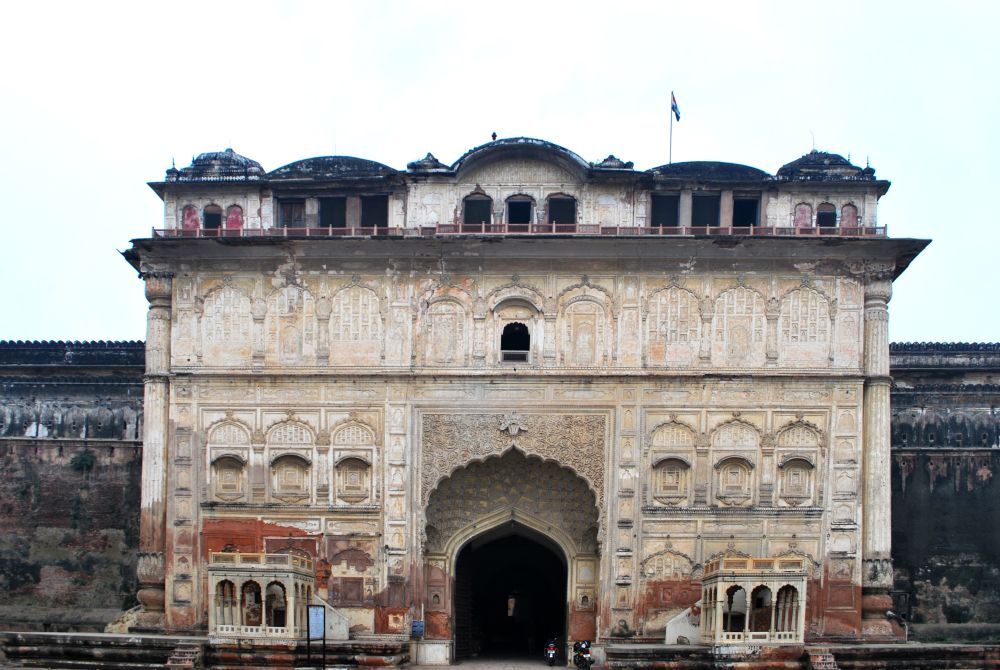

Qila Mubarak, rooted in the heart of Bathinda, Punjab, is a splendid epitome of fortitude and ancient architecture. While the exact date of its construction remains a subject of scholarly debate, the general consensus traces its origins back to the period between 90-110 AD. This robust structure is often attributed to Raja Dab, making Qila Mubarak one of the oldest surviving forts in India. It has stood the test of time and is an integral part of Bathinda's cultural and historical fabric.
For centuries, this fort remained a strategic bastion, and it wasn't until the mid-20th century that Qila Mubarak emerged as a significant tourist attraction. Post-independence, the Indian government, recognizing the fortress's historical value, began to promote it as a heritage site. By the late 20th century, it had secured a firm spot on the tourist map of Punjab, thanks to concerted efforts to preserve and celebrate its legendary past.
The fortress is historically significant for being the place where Razia Sultana, the first female monarch of the Delhi Sultanate, was imprisoned. This historical milestone draws numerous visitors, especially those interested in the feminist narratives of Indian history. Over the years, tourism initiatives have focused on enhancing the narrative around Razia Sultana, making it a focal point of interest at the Qila Mubarak.
The architecture of Qila Mubarak itself is remarkable, featuring red-brick bastions and a robust, square layout. This blend of architectural finesse with historical lore is a primary draw for historians, architects, and casual tourists alike. The fort encompasses several small palaces, like the Rajmata Palace, Shahi Palace, and the Phansi Ghar, each holding its unique story and aesthetic. These palaces within the fort complex are essential in attracting heritage tourists who seek to immerse themselves in the grandeur of bygone eras.
Sustainable tourism is the latest trend that has influenced visitor patterns at Qila Mubarak. Local authorities have been working to provide a more environmentally friendly and sustainable experience at the site, mindful of the substantial footfall and its potential impact on the monument's integrity.
Digitalization has also become a key aspect, with virtual tours and augmented reality (AR) applications enhancing the visitor experience, especially during the COVID-19 pandemic. These technologies have allowed people from across the world to explore the fort's mysteries from the comfort of their homes, ensuring continued engagement with its historical legacy.
Cultural festivals and events are being increasingly arranged at the Qila Mubarak to showcase local art, craft, music, and dance, turning it into a living museum, vibrant with cultural expressions. These events foster community participation and elevate the tourist experience by merging historical exploration with the arts.
In conclusion, Qila Mubarak in Bathinda stands as a testament to India's wealth of historical treasures and continues to evolve in its role as a cherished heritage tourism destination. Its ongoing preservation and the inventive ways it attracts and educates visitors ensure that the fort remains a vital link to India's rich historical narrative.